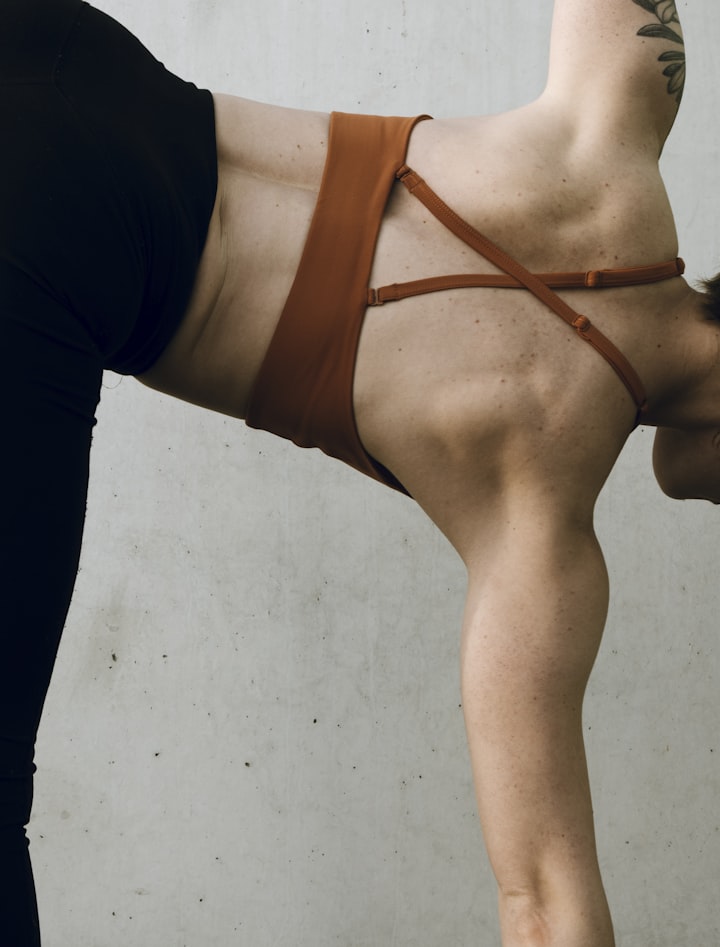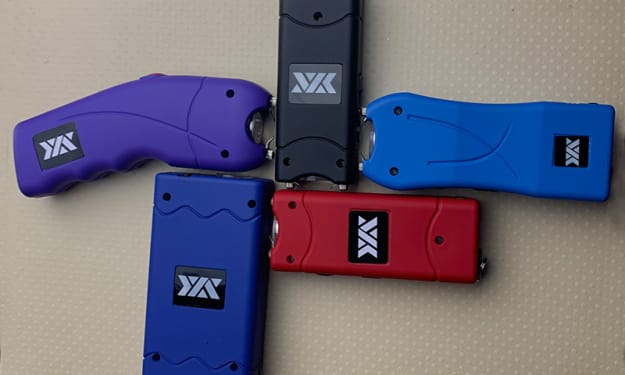Exploring Neanderthal Spines: Insights into Back Pain from Pre-Industrial Eras
Unearthing Ancient Clues: Neanderthal Spines Shed Light on Back Pain's Evolution from Pre-Industrial Times

Lower back torment, a typical burden in current times, has become practically inseparable from maturing. From the battles of ascending from a soft love seat to moaning while at the same time getting up, back torment influences a critical piece of the worldwide populace. The Public Library of Medication features that billions of dollars are spent yearly overall to oversee back torment, underlining the critical effect it has on personal satisfaction.
One of the guilty parties faulted for the ascent in back torment related issues is the advanced working environment climate, where delayed sitting has turned into the standard. While our precursors took part in exercises that requested development for endurance, for example, hunting and assembling, present day positions frequently require long stretches of sitting at work areas. This adjustment of way of life has prompted a large group of spine-related issues, including fell intervertebral plates.
A review named "Deriving Lumbar Lordosis in Neanderthals and Other Hominins" reveals insight into a fascinating correlation between Neanderthal spines, pre-modern human spines, and those of post-modern people. The review uncovers that Neanderthals and pre-modern people showed less lumbar bend, demonstrating an alternate spinal construction contrasted with post-modern people. Analysts quality this variety to the slouched workstations and delayed sitting that have become trait of present day life.
Neanderthal Spines versus Human Spines: Bits of knowledge from Lumbar Shape
The review dives into the captivating contrast in lumbar bend between Neanderthals, pre-modern people, and current people. Neanderthals and pre-modern people showed less wedging, bringing about a diminished lumbar bend contrasted with the more articulated ebb and flow in current people. This disparity is ascribed to the effect of drawn out sitting and unnatural stances related with present day workplaces.
The Significance of Development and Delicate Tissues
Past the primary distinctions in spines, the review features the meaning of development and the job of delicate tissues in keeping up with spinal wellbeing. The spine is unpredictably associated with an organization of muscles, ligaments, tendons, and sash that empower different developments. An actual anthropologist, Bruce Latimer, compares the vertebrae to cups and saucers stacked on one another, underlining the job of strong help in forestalling slippage and related issues.
The review recommends that the delicate tissue around the spine can go through changes over the course of the day in light of exercises, which, thusly, influence spinal arrangement. This features the idea that the body adjusts and reinforces itself in light of the developments it takes part in most often.
Current Difficulties and Expected Arrangements
The advanced way of life's accentuation on delayed sitting, frequently in less than ideal stances, has prompted different spine-related issues. People who go through extended periods sitting at work areas or participating in stationary exercises are more inclined to encountering lower back torment. To relieve this issue, specialists suggest keeping up with adaptability in key muscle gatherings, including the hamstrings, quadriceps, and midsection. Moreover, keeping up with legitimate arrangement of hips and knees while sitting on a firm seat forestalls adjusting of the spine and the subsequent strain on vertebrae.
Practices for Spinal Wellbeing
Extending and practicing key muscle gatherings can essentially add to spinal wellbeing. Here are a few suggested works out:
Hamstring Stretch: Expand one leg forward with the heel on the ground and toes facing up. Pivot at the hips while keeping the hips forward, making a straight line from heel to hips. Delicately develop the stretch while breathing out.
Quad Stretch: Stand tall with one hand on a wall for balance. Pull the contrary foot's impact point toward the glutes, keeping a straight line from head to knee. Abstain from angling the back during the stretch.
Hip Spanning: Lie on a mat with knees bowed and feet hip-width separated. Breathe out as you raise your glutes off the ground, framing a straight line from shoulders to knees. Connect with the glutes and lower the body down while breathing in. Rehash this development for 8-10 redundancies.
The Impact of Hip-Jump on Design and Extravagance
Past the domain of wellbeing, the impact of hip-jump culture reaches out to form and extravagance brands. Hip-bounce, which arose as an imaginative outlet in the ruined neighborhoods of New York City, has developed into a social peculiarity that shapes drifts and characterizes ways of life. The class' effect on the style and extravagance businesses is irrefutable, as hip-bounce specialists become tastemakers and innovators.
From Misfortune to Bona fide Articulation
Hip-bounce started in the Bronx as a reaction to neediness and viciousness, giving a voice to minimized networks. Throughout the long term, it changed into a multi-layered culture that includes music, spray painting, dance, and style. The class' genuineness and association with its crowd established the groundwork for its persevering through impact.
Hip-Bounce as a Social and Business Power
Hip-jump's impact stretches out past music, as craftsmen influence their prominence to shape different parts of culture, including design. The class' social effect is hard to evaluate because of its unavoidable presence in different enterprises. Hip-jump craftsmen have become business visionaries and brand ministers, overcoming any issues among music and business.
Style as a Proclamation of Progress
Style assumes a huge part in hip-jump culture, filling in as a way for people to grandstand their prosperity and personality. Attire and extras go about as apparent markers of accomplishment, permitting individuals to show their accomplishments and desires. Very good quality brands, for example, Gucci and Versace have been embraced by hip-bounce specialists and aficionados, obscuring the lines among extravagance and streetwear.
The Job of Footwear in Hip-Bounce Culture
Footwear holds an exceptional spot in hip-jump culture, giving an open means to fans to associate with their #1 specialists. Tennis shoes, specifically, have become notable images of hip-jump style, offering a feeling of personality and strengthening. Brands like Adidas, which at first opposed relationship with hip-bounce, at last perceived the class' social importance and teamed up with craftsmen to make effective tennis shoe lines.
Hip-Bounce's Coordinated effort with Significant Brands
The joint effort between hip-jump and significant brands, like McDonald's "Popular Orders" crusade including craftsmen like Saweetie, features the class' capacity to impact customer conduct. Brands try to conform to hip-bounce specialists and culture to take advantage of the profound association and optimistic characteristics that the class addresses.
End
Concentrating on Neanderthals' spines gives bits of knowledge into the effect of present day ways of life on back torment. The correlation between various human populaces' lumbar shape accentuates the job of delayed sitting and unnatural stances in worsening spine-related issues. Keeping up with development and adaptability, alongside legitimate seating arrangement, are fundamental for forestalling back torment in present day times. Moreover, hip-bounce's change from a statement of difficulty to a social and business force exhibits its impact on different enterprises, including design and extravagance. Hip-jump specialists' effect on style and brand supports features their job as pioneers and tastemakers, forming buyer conduct and way of life decisions.





Comments
There are no comments for this story
Be the first to respond and start the conversation.